T4K3.news
Ultramassive black hole discovered at center of Cosmic Horseshoe
Astronomers find black hole weighing 36.3 billion times the mass of the Sun, reshaping galaxy formation views.
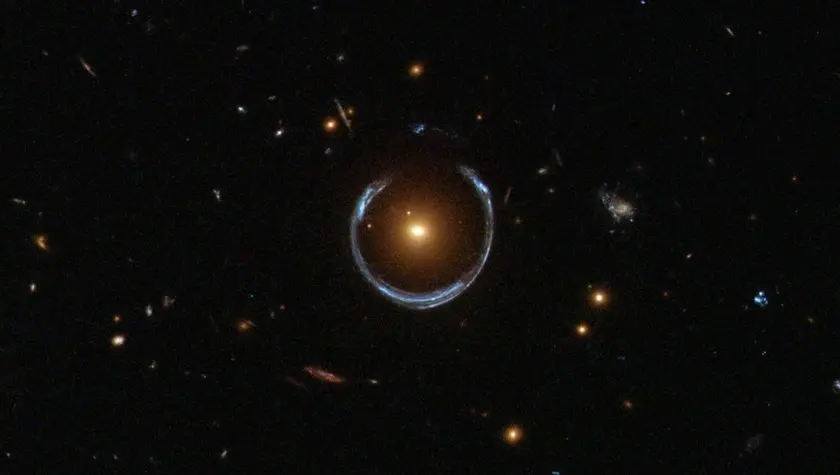
A massive black hole has been identified at the center of a colossal galaxy.
Discovery of Ultrafast Black Hole Shakes Understanding of Galaxy Formation
Astronomers have announced the discovery of an ultramassive black hole located in the Cosmic Horseshoe galaxy, which is about 36.3 billion times the mass of the Sun. This black hole, identified as possibly the heaviest ever discovered, is positioned in a galaxy that distorts light significantly due to its immense gravity. Unlike previous claims of massive black holes whose estimates often come with considerable uncertainty, this measurement uses a new method that yielded more reliable results. The study indicates that this black hole and its host galaxy have evolved together, hinting at crucial insights into the nature of supermassive black holes and their interactions with galaxies over time. The research was published in the Monthly Notices of the Royal Astronomical Society.
Key Takeaways
"This is amongst the top 10 most massive black holes ever discovered, and quite possibly the most massive."
Professor Thomas Collett emphasizes the significance of the black hole's mass in a broader context.
"What is particularly exciting is that this method allows us to detect and measure the mass of these hidden ultramassive black holes across the universe."
Carlos Melo discusses the implications of the new measurement method for future discoveries.
The discovery of this ultramassive black hole alters the landscape of astrophysics, as it challenges previously held notions regarding the formation and evolution of galaxies. Understanding that black holes can exist in silent states expands the potential for future observations. Carlos Melo, the lead author, emphasizes the significance of this finding not only in terms of mass measurement but also in revealing how black holes can merge and grow over cosmic time. This discovery suggests that the relationships between galaxies and black holes are more complex than previously understood. It marks a significant step toward unveiling the mysteries of the universe and our place within it.
Highlights
- This black hole challenges everything we thought we knew about galaxy formation.
- We are seeing the end state of galaxy formation and black hole evolution.
- This measurement method changes how we view dormant black holes.
- Our understanding of black holes expands with every new discovery.
Discovery Raises Interest in Astronomy Funding
The discovery could lead to increased funding for astronomy research, promoting further exploration of black holes and galaxy formation.
As research delves deeper, new revelations about the universe's structure may emerge.
Enjoyed this? Let your friends know!
Related News

Ultramassive Black Hole Discovered
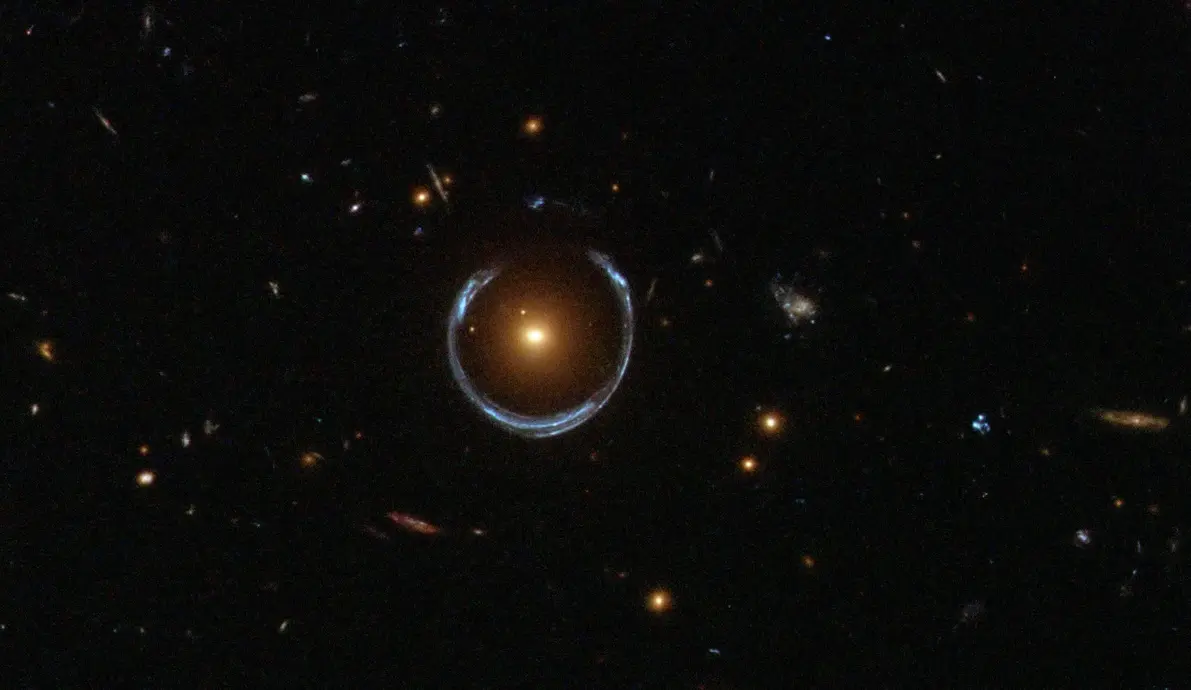
New black hole discovery made with mass of 36 billion suns
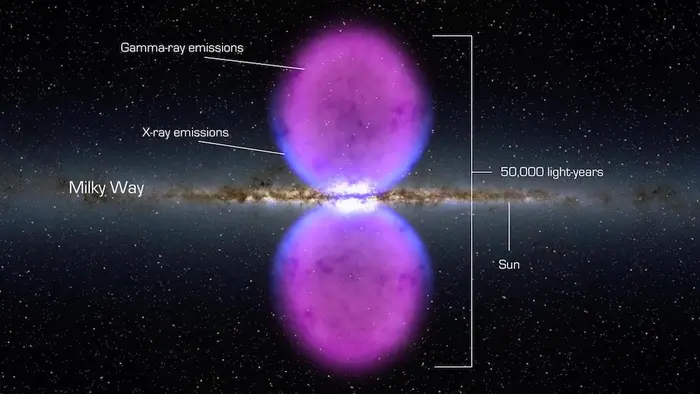
Milky Way Center Reveals Ice Cloud Clues
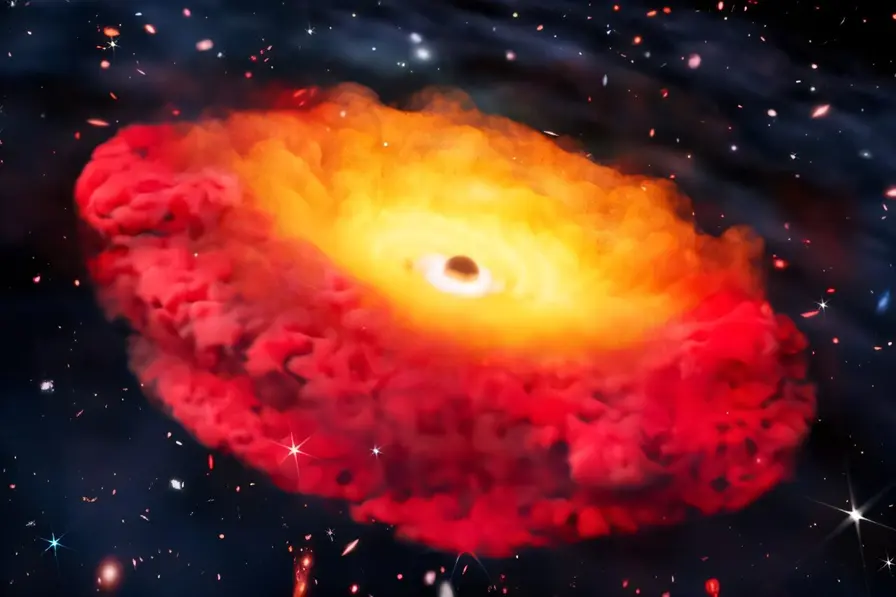
Astronomers confirm the universe's earliest black hole
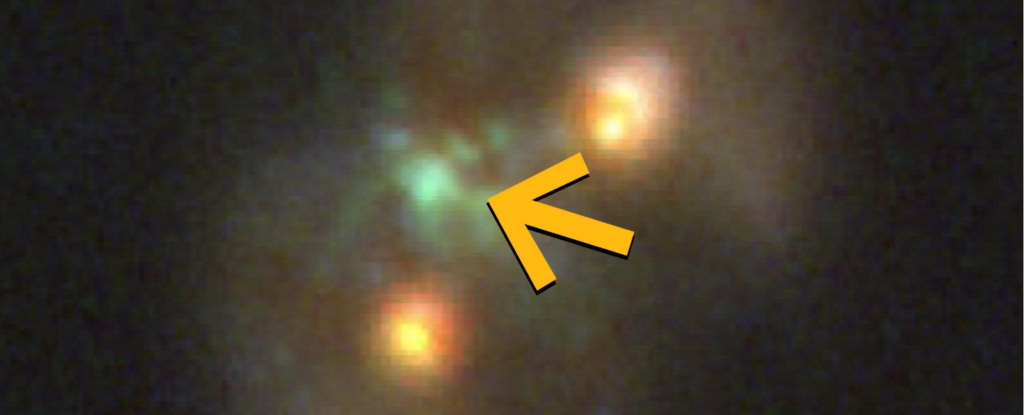
Discovery of Possible Supermassive Black Hole Formation
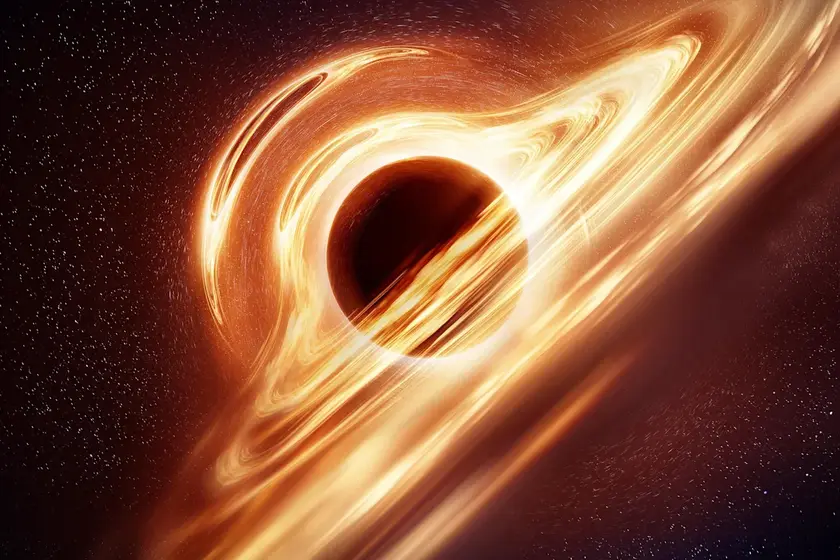
James Webb Telescope may have found early cosmic light sources

Astronomers observe second flare from same black hole

Massive black hole merger discovered
